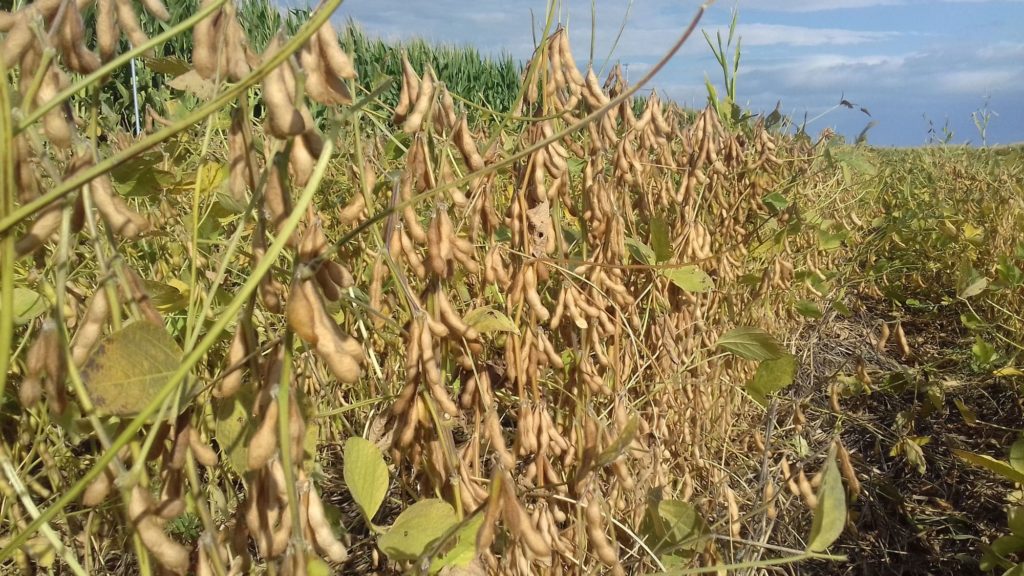Project description
Project overview
In LegumeGap, we are innovative in the way that we combine different methods and approaches, including modelling, field experiments, a large-scale farmer survey, and data analysis. This breadth of approach will allow us to deliver more than the individual parts could identify and recommend ways by which Europe can maximize the potential of soya and faba beans.
The innovation of LegumeGap lies in the synergy of its integration of methods and its detailed focus on the breeding, management, and knowledge innovation gaps of the two most productive grain legumes, faba bean and soya bean. We employ a systems approach, where biophysical and socio-economic limitations, opportunities, and their interaction are taken into account. By covering all of the main European agroclimatic regions, as well as the pan-European level, LegumeGap will reveal environmental and socio-economic opportunities and constraints for enhancing the potential of grain legume production across Europe and point towards novel measures for resilient, legume-supported cropping systems, contributing to the sustainable intensification of agriculture under the challenge of global change.

Twelve partners from nine countries are using their expertise in modelling, breeding, soil science, agronomy, geography and socio-economics to maximize the potential of soya and faba beans in an interdisciplinary manner.
The project runs from 1 April 2019 to 31 March 2022.
Work package structure
LegumeGap consists of six work packages, with the following objectives:
WP 1
Estimate via modelling the yield potential of the two grain legumes and the environmental effects under different climatic, cultivar, and management assumptions, in a variety of EU sites and upscaled to the EU level.
WP 2
Analyse the potential of cultivars, via characterization of faba and soya bean germplasm across Europe and experiments on soya bean cultivar adaptability in central European and dry Mediterranean conditions.
WP 3
Develop optimal management practices, based on literature, unpublished long-term experiments, and new on-station and on-farm field experiments using the latest technologies for non-destructive sampling and high spatio-temporal resolution.
WP 4
Analyse the components and underlying factors of the legume yield gap, including climate, cultivars, management, and farmers’ knowledge, via data analysis and a large-scale farmer survey in eight European countries.
WP 5
Evaluate the potential and trade-offs of legume production at the field and EU scales, considering socio-economic and environmental aspects.
WP 6
Maximize the outreach and valorization of project outputs via robust management of all project data and effective communication and dissemination.